Elizabeth Gonzalez Brock
Chair
Appointed by the City of Houston Mayor
Confirmed by Houston City Council
Elizabeth Gonzalez Brock serves as the Board Chair of the Metropolitan Transit Authority of Harris County, Texas (METRO). Appointed by Mayor John Whitmire in February 2024, she made history as the first Hispanic woman to assume the role. As Chair, Elizabeth plays a pivotal role in leading the transit agency's Board of Directors, which is responsible for guiding the agency’s $1.6 billion annual budget and overseeing policies across METRO's expansive 1300-square-mile service area. The Authority provides essential transportation services to the City of Houston, significant areas of Harris County, and 14 surrounding multi-cities. Elizabeth is deeply committed to upholding METRO's mission of delivering safe, clean, reliable, and accessible public transportation services to the Houston region, with a strong focus on increasing ridership.
Elizabeth also serves as Vice President, Utility Infrastructure Planning for CenterPoint Energy, where she supports the company’s capital planning needs. She most recently led the company’s business and economic development, energy efficiency programs, and federal utility energy services contracts to support CenterPoint Energy’s electric and gas utility.
At CenterPoint Energy, she led regional business development teams across six states, dedicated to implementing and ensuring regulatory compliance of state programs focused on energy efficiency. With an acumen for customer service, Elizabeth’s primary objective in this role was to meet customers' energy conservation needs and service offerings, enabling them to successfully achieve their Environmental, Social, and Governance (ESG) goals.
Prior to her most recent experience, Elizabeth served as the Director of Regulatory and Government Affairs, where she demonstrated exceptional skills in strategy development, advocated for positive regulatory outcomes, and built effective relationships with key stakeholders. She successfully managed relationships with the City of Houston and over 100 municipalities, collaborating closely with senior leadership to develop strategic solutions for high-priority initiatives such as rate filings, utility code updates, and customer program implementation.
Apart from her professional endeavors, Elizabeth is deeply invested in advocating for environmental improvement. She is the founder of Evolve Houston, a local nonprofit organization dedicated to enhancing air quality through the promotion and adoption of electric vehicles. She serves on the Board of Directors and chairs the Finance Committee of Houston First Corporation and held the position of Board Chair for the Greater Houston Area Women's Chamber.
Elizabeth holds a bachelor’s degree in political science from the University of Houston. With her extensive experience, strategic skillset, and unwavering commitment to excellence, she continues to make significant contributions to the energy industry, transportation sector, and her community.







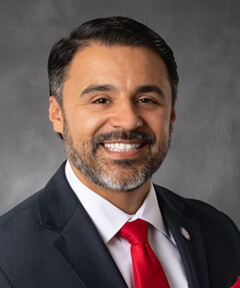







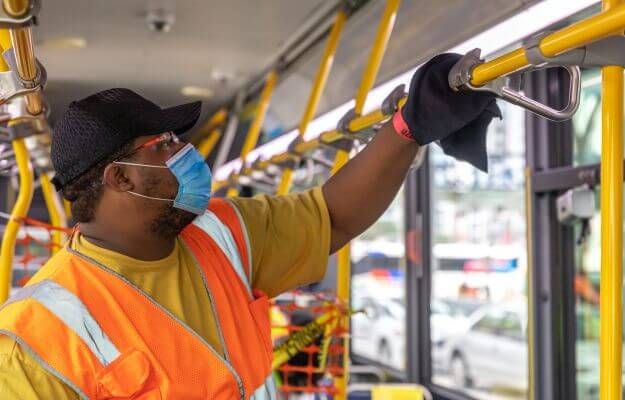
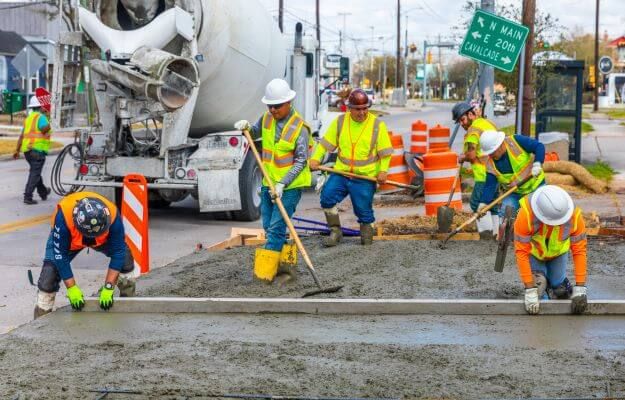

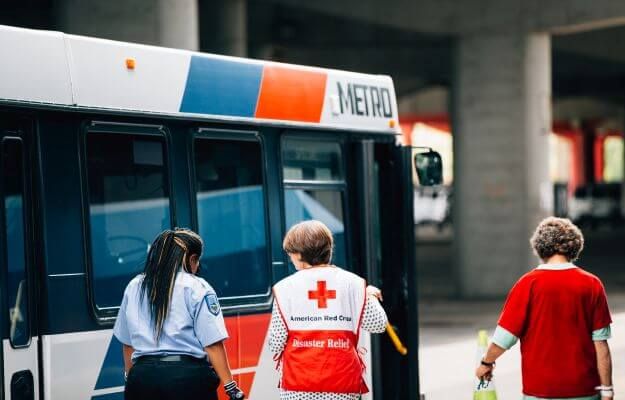


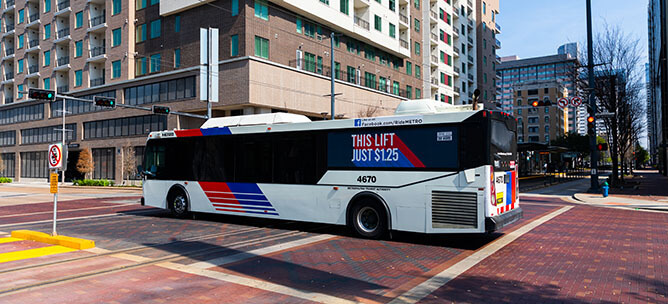
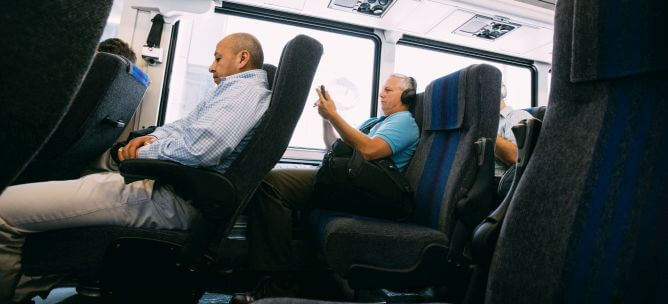


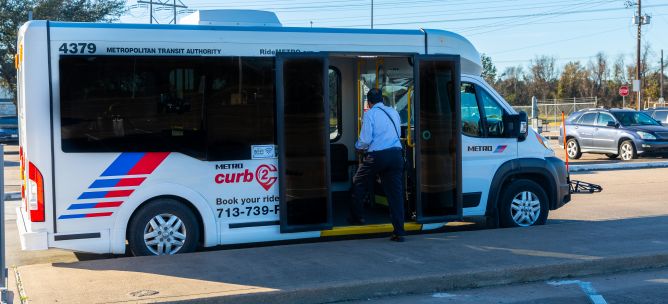


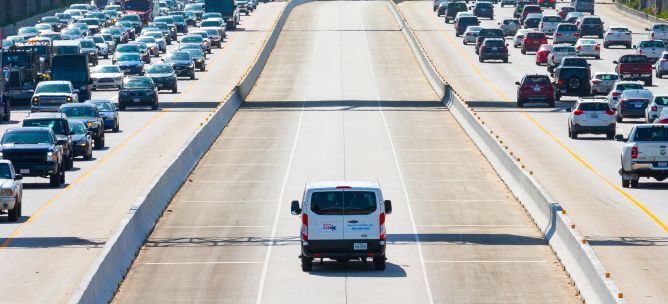
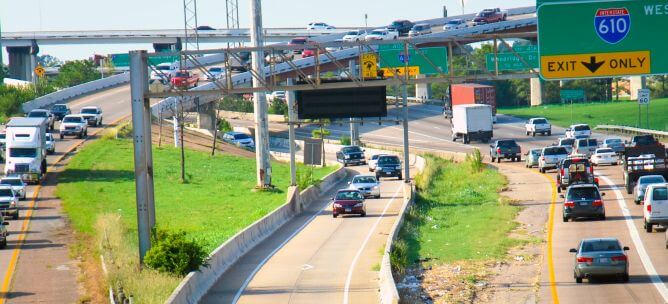

 Google Chrome
Google Chrome
 Safari Mac OS
Safari Mac OS
 Mozilla
Mozilla
 Microsoft Edge
Microsoft Edge